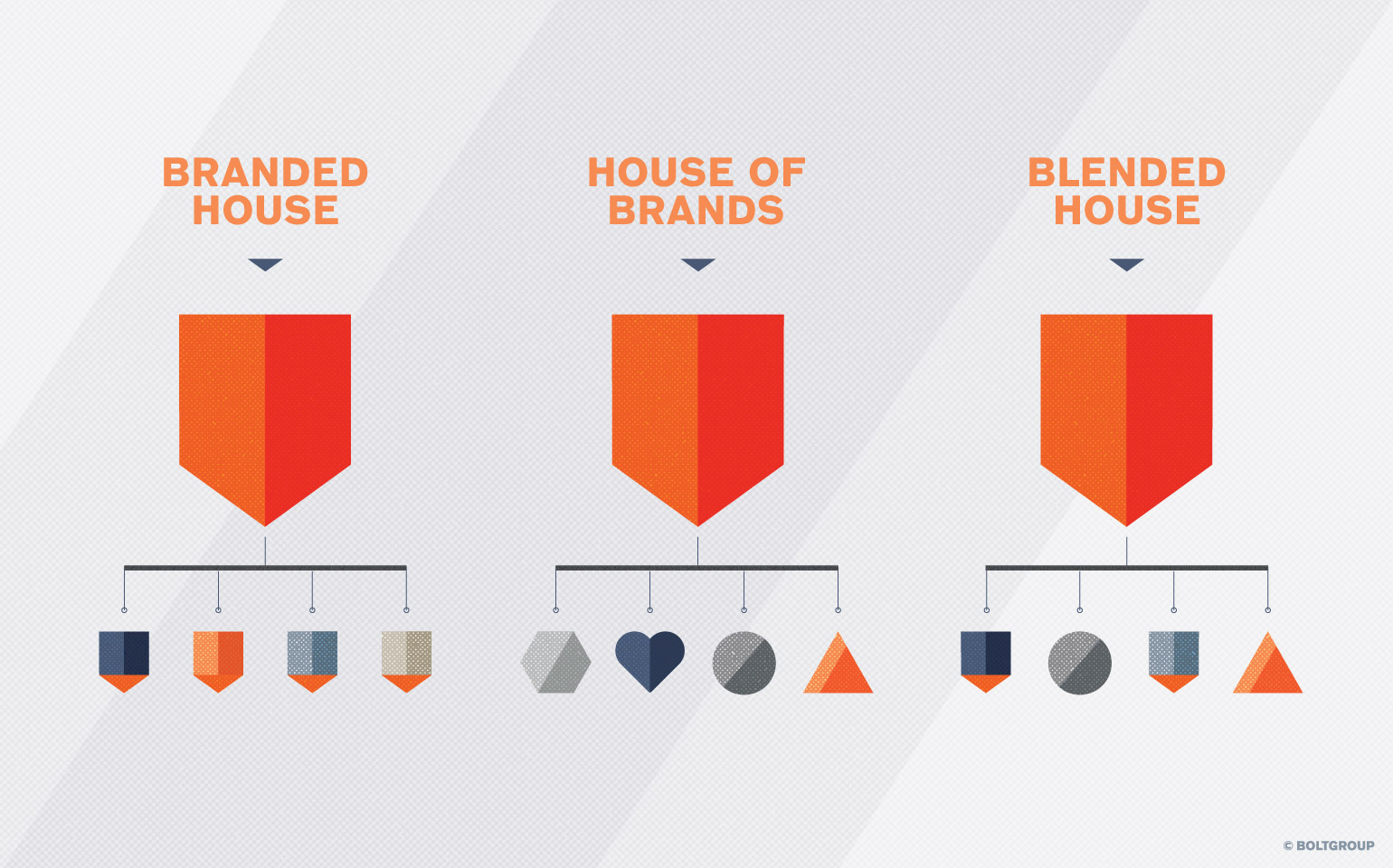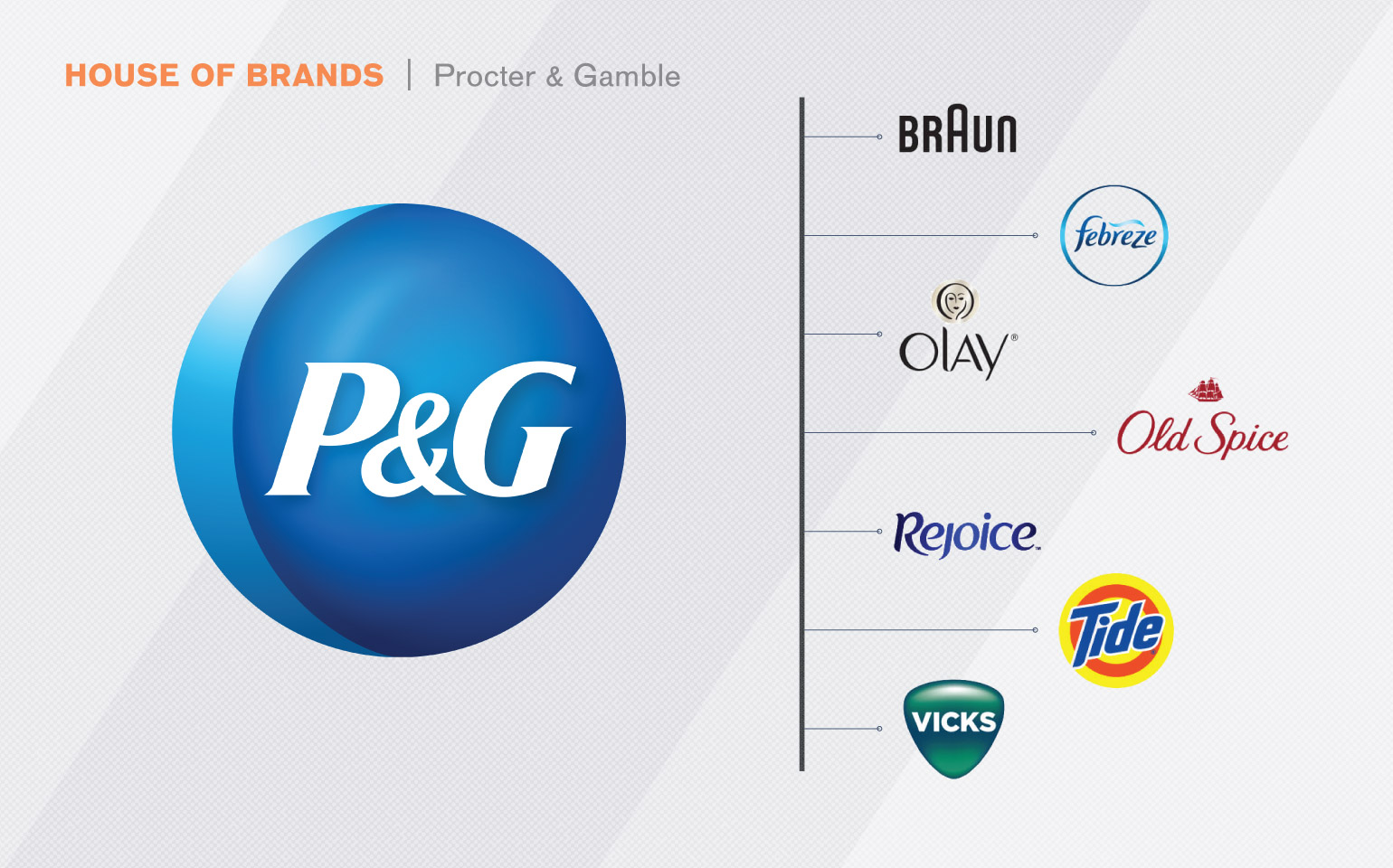What is Brand Architecture?
Brand architecture is a well-defined structure of brands within a business that defines the relationships between the brands within the organization. It reflects a clear understanding of the market[s], as well as brand strategies of the competition, aligning and supporting the business’s goals and objectives.
Some companies wait until there is a pressing reason to think about brand architecture—often during a rebrand. Sometimes it’s prompted by a merger or acquisition. But the strength of your brand architecture is important to consider regularly, not just as a reaction to an event. Your brand architecture adds to your brand value, expands your market position, identifies opportunities, strengthens your current audiences and expands to new ones, helps you assess which products or services to add or subtract, and, last but not least, increases brand loyalty.
What is Your Architecture?
Brand architecture strategies typically embody one of three structures: a branded house, a house of brands, or a hybrid.
A branded house strategy has one strong brand name that motivates purchases and offers value. An example of this would be FedEx, which contains the brands FedEx Ground, FedEx Office, FedEx Express, etc. under their main corporation. Each brand maintains a strong visual tie back to the parent brand, maintaining a strong identity and shared attributes. Another example would be Virgin, which operates in several business arenas from airlines to music to mobile, but all of its brands function under the Virgin name: Virgin Air, Virgin Records, Virgin Mobile, etc.


